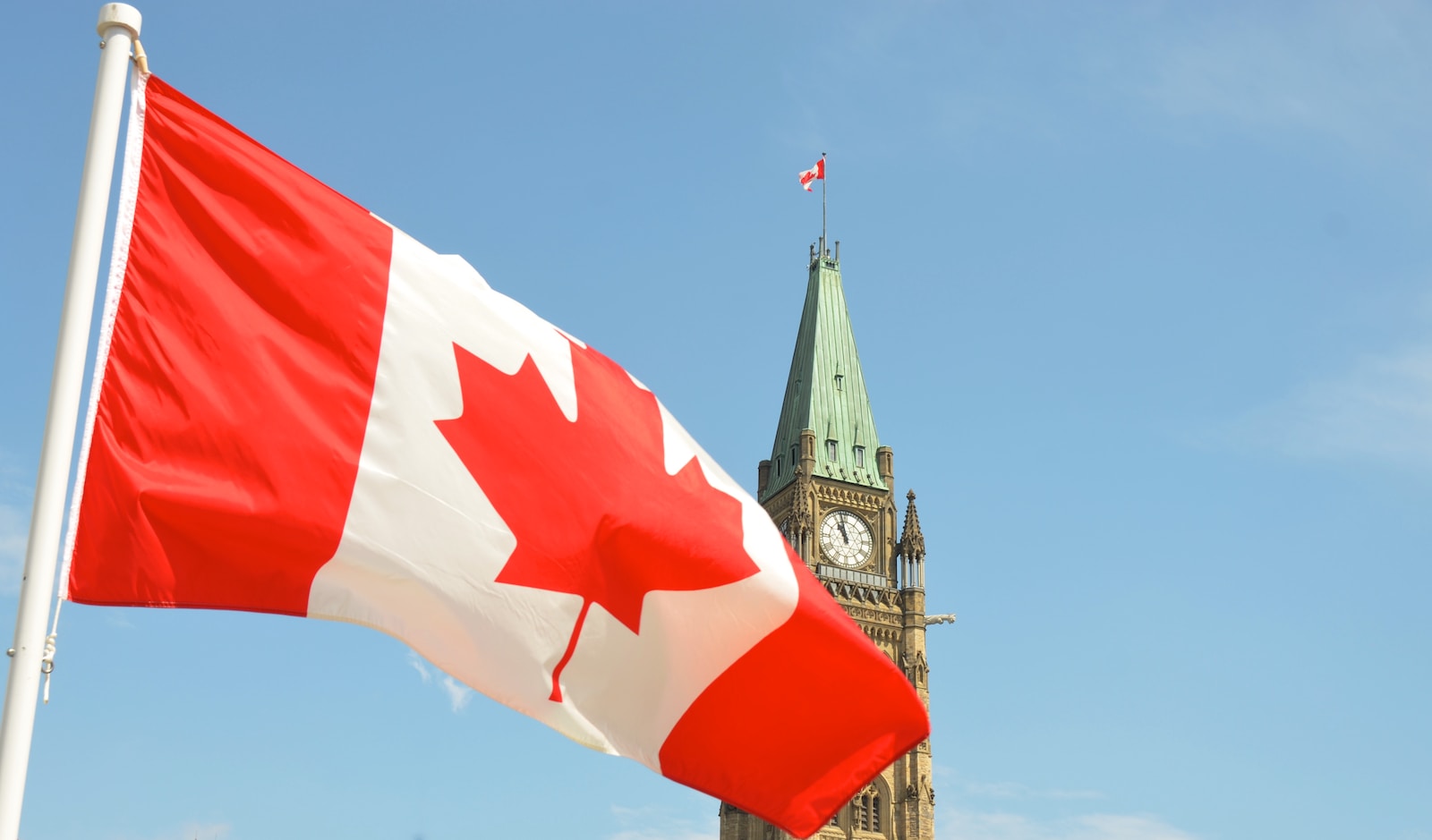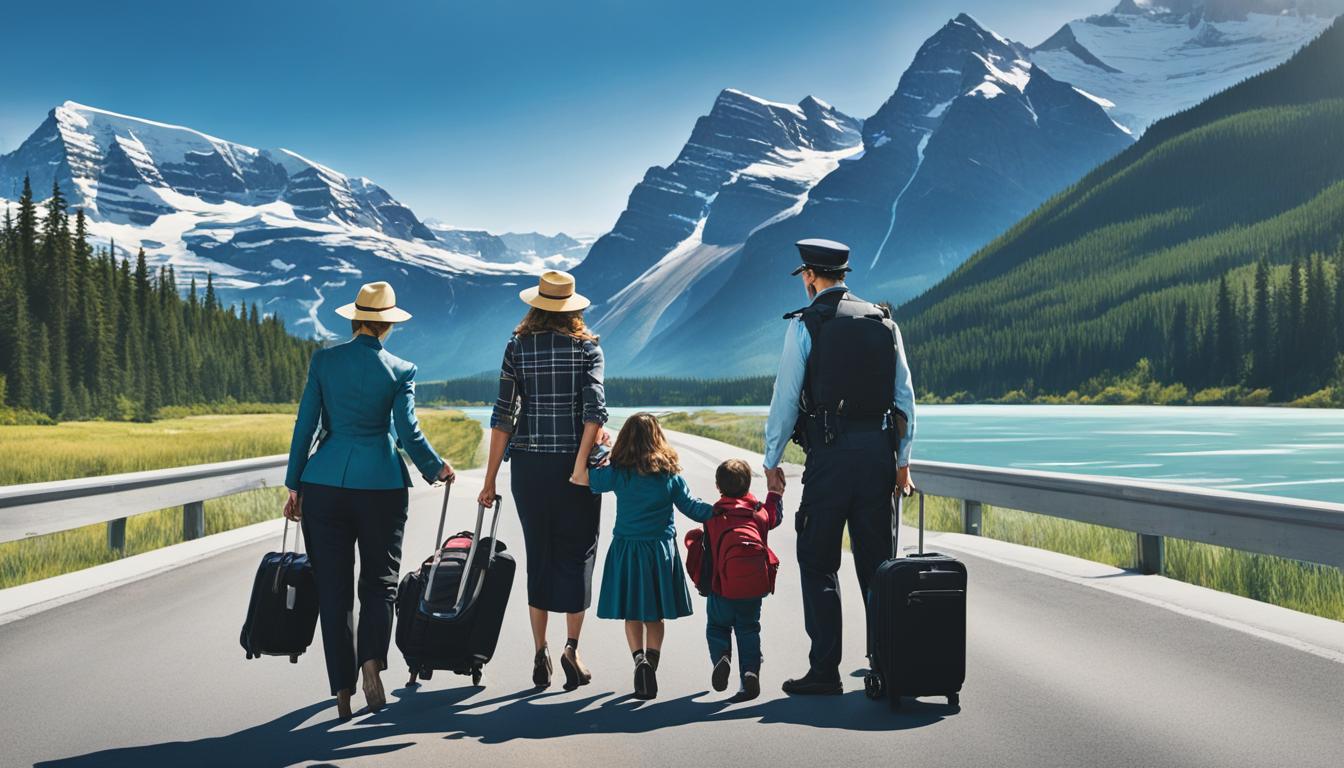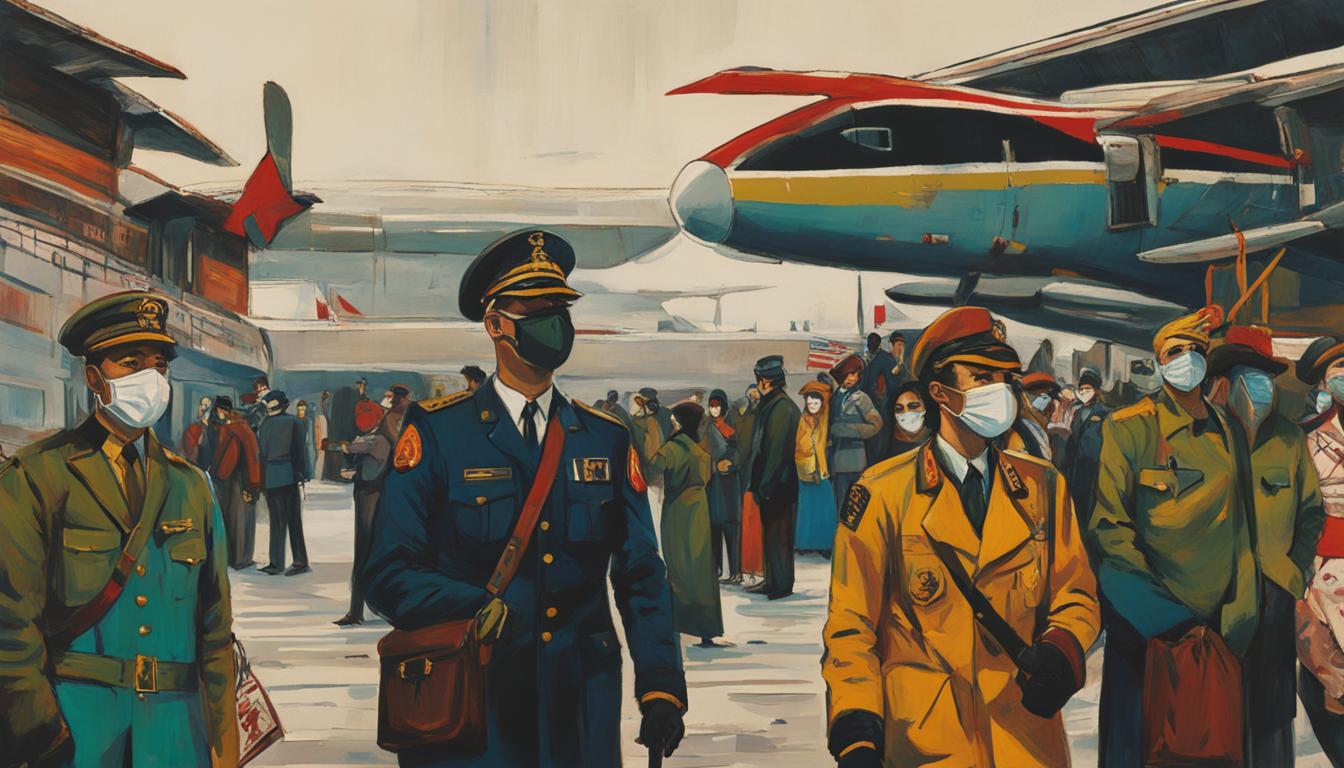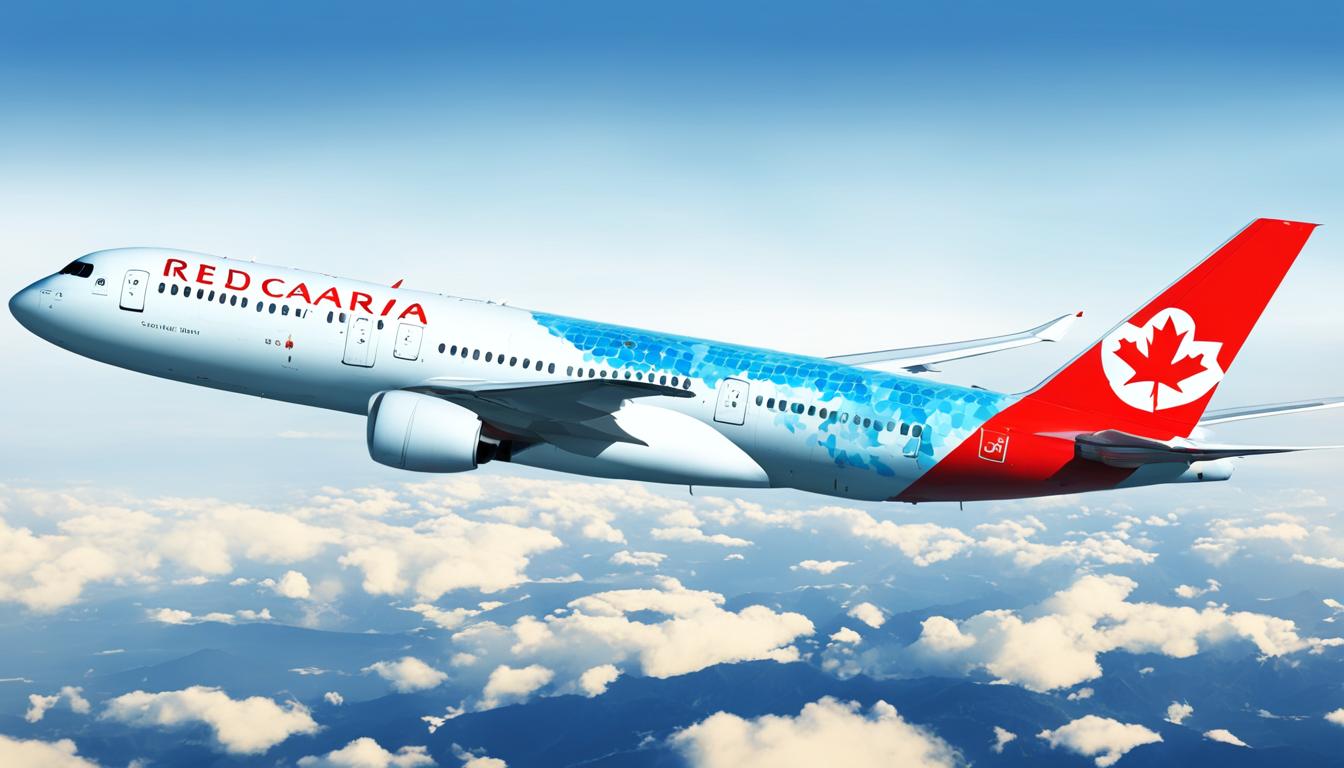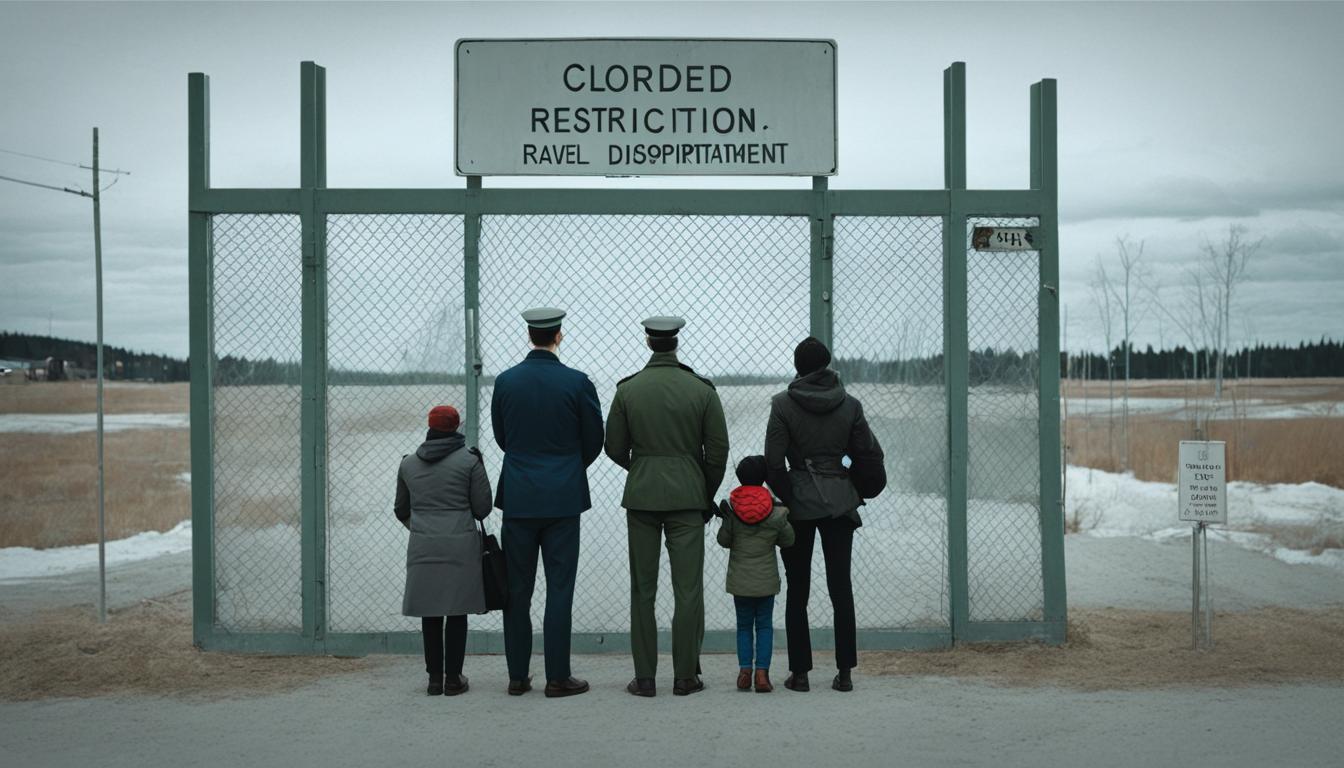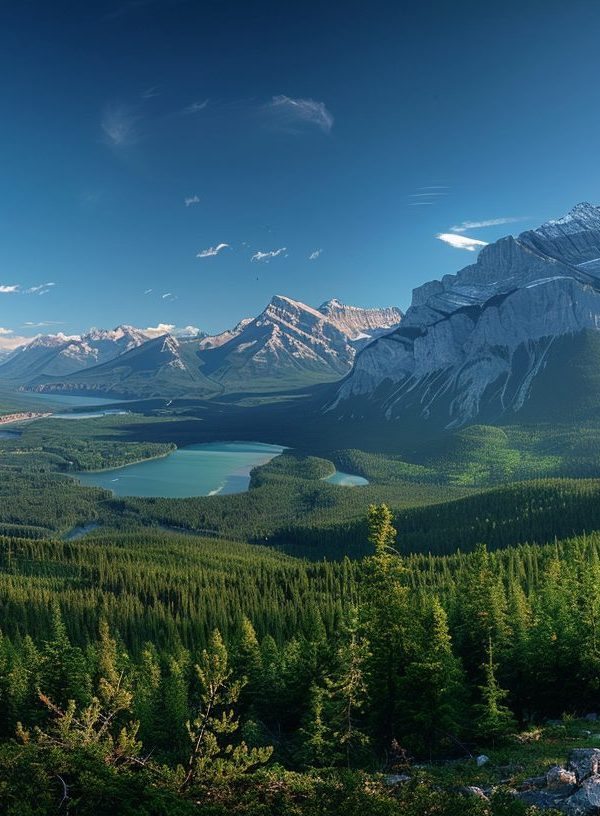States That Border Canada
Canada shares a large border with the United States that stretches over 5,500 miles. Only 11 U.S. states actually border Canada directly. The states that share a land border with Canada are vital trading partners and have strong economic and cultural ties.
Canada and the United States have the longest shared border in the world. It spans from the Atlantic Ocean in Maine all the way to the Pacific Ocean between Alaska and British Columbia. The border crosses through areas like the Great Lakes region, the Midwest plains, and the Rocky Mountains.
Border security and trade between the U.S. and Canada involve partnerships between federal, state, provincial, and local governments and agencies. Understanding exactly which American states border the Great White North provides insight into the close relationship between the two nations.
States Bordering Canada from West to East
Here is a list of the 11 contiguous U.S. states that share a land border with Canada, starting on the Pacific coast and moving east:
Alaska
- Shares a border with Canada’s Yukon territory and British Columbia province.
- The Alaska-Canada border is over 1,500 miles long.
Washington
- Borders British Columbia.
- Shared border is approximately 425 miles.
Idaho
- Borders British Columbia.
- Shared border of about 50 miles.
Montana
- Borders Alberta, British Columbia, and Saskatchewan.
- Shared border of 545 miles.
North Dakota
- Borders Saskatchewan and Manitoba.
- 310 miles of shared border.
Minnesota
- Borders Manitoba and Ontario.
- Shared border of over 450 miles.
Michigan
- Borders Ontario.
- Shares a water border in the Great Lakes and a land border of about 580 miles.
Ohio
- Borders Ontario at Lake Erie.
- Very short land border of just 30 miles.
Pennsylvania
- Borders Ontario and Quebec by land.
- 456 mile shared border.
New York
- Borders Quebec and Ontario.
- 454 miles of shared border.
Vermont
- Borders Quebec.
- Approximately 90 miles of shared border.
Maine
- Borders Quebec and New Brunswick.
- Shared border of over 600 miles.
This covers all the states that directly border Canada from west coast to east coast. The key takeaway is that 11 U.S. states share an extensive land border with Canada that facilitates robust trade and cultural exchange. States on or near the border play an integral role in the U.S.-Canada relationship.
Economic Ties Between Border States
The American states along the Canadian border have significant economic partnerships with Canada in sectors like:
- Trade – Exchanging natural resources, manufactured goods, agriculture products, etc.
- Tourism – Millions visit both countries annually across the border.
- Transportation – Roads, railways, airports, and seaports connect the two countries.
- Energy – Pipelines transport Canadian oil and gas south to U.S. markets.
- Law enforcement/security – Agencies coordinate efforts on border security, drug trafficking, counterterrorism, etc.
Having direct access to Canada provides substantial economic opportunities for border states in trade, commerce, transportation, energy, manufacturing, and more. It also necessitates cross-border coordination on matters ranging from infrastructure to the environment.
Cultural Connections
In addition to economic ties, border states share social and cultural connections with their neighboring Canadian provinces and territories. This includes:
- Sports – Cross-border rivalries and competitions are common. The NHL has teams from both countries.
- Media – Canadians and Americans living along the border regularly consume each other’s television, radio, and newspapers.
- Tourism – National/state parks and other attractions draw visitors across the border.
- Language – English and/or French are commonly spoken on both sides of the border.
- Lifestyle – There are similarities in dialect, cuisine, values, identity, etc.
From sports fandom to cuisine preferences, border states have a natural affinity with and curiosity about the slices of Canada next door. Family ties and shared communities that pre-date the border also unite border regions.
Conclusion
The United States and Canada have enduring social, cultural, and economic bonds evidenced by their 11 border states and provinces. The policies and relationships between Alaska, Washington, Idaho, Montana, North Dakota, Minnesota, Michigan, Ohio, Pennsylvania, New York, Vermont, and Maine on the American side and their Canadian neighbors showcase the close ties between the two countries. Understanding the connections and partnerships along the world’s longest international border provides insights into this vital relationship.

